Mint is wonderful for the digestion, as a tea, in food and medicinally. It also relieves nausea, spasms and gas, and offers the benefits of being both warming and cooling to the body.
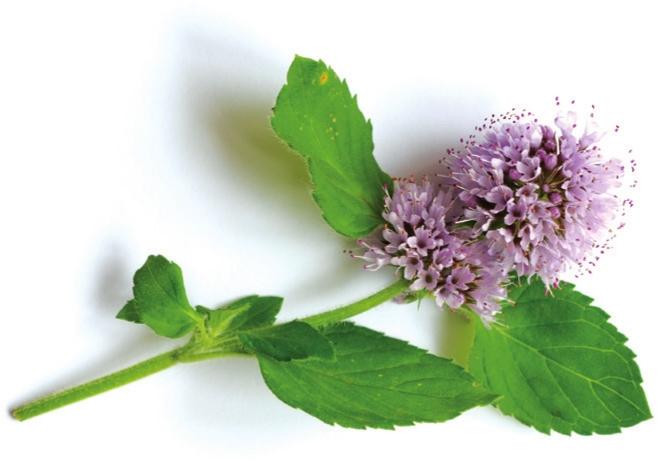
Lamiaceae (Labiatae) Deadnettle family
Description: Aromatic perennials with dense whorls of lilac flowers.
Habitat: Most species prefer stream sides and damp places in woods or grassland.
Distribution: Water mint is the most common species, found virtually all over the British Isles.
Species: Several species are found in the wild in Britain, notably water mint (Mentha aquatica), corn or field mint (M. arvensis), pennyroyal (M. pulegium), spearmint (M. spicata) and round-leaved mint (M. suaveolens). They will hybridise easily with each other and with garden mints. Any of them can be used, but avoid pennyroyal if you are pregnant.
Parts used: Leaves and flowers, harvested in spring and summer.
A hot, hazy, sultry afternoon in high summer, under a high blue sky with scudding white clouds. We are visiting a wet part of the wood behind our house. Water mint and peppermint abound, at their washed-out purple peak, along with the almost identical colours of hemp agrimony and the commoner thistles.
This is an example of collective taking of turns as plants of similar colour ripen together. The pale purple flowers are active this week along with attendant pollinators. Butterflies, bees, flies and smaller insects are pulled to the mints, and red admirals, peacocks, meadow browns, commas and whites feast on the flowers. Photographing them is another matter, but eventually a meadow brown stays still.
It’s one of those days when hedgerow medicine is at its most pleasant and mellow, with the sweet tang of bruised mint and lazy buzz of insects giving us a feeling we have taken to calling content-mint.
But what do we mean by ‘mint’? There are at least two dozen different species and hundreds of cultivars, if you add the wild and garden mints together. Moreover, the mints hybridise willingly and produce subtle new forms. As a ninth-century treatise on plants put it, ‘if one were to enumerate completely all the virtues, varieties and names of mint, one would be able to say how many fish are swimming in the Red Sea…’
We must simplify, and will focus on the water mint (Mentha aquatica) as the commonest wild form in Britain. This has a mild medicinal action. Spearmint and corn mint are similar hedgerow mints.
What we usually mean by ‘mint’ is probably peppermint (M. piperita), which has flourished in British gardens and in the wild since the seventeenth century. It is considered to be a hybrid of watermint and spearmint, but has a stronger proportion of aromatic oils than either. These oils, particularly menthol, account for the greater ‘mintiness’ of peppermint and for its commercial use.
Modern commercial uses of mint build on older and proven herbal applications, but to our mind the focus on taste has all but negated the original herbal virtues.
Use mint for…
Finding that mint cleaned the breath and settled the digestion, Romans of classical times valued it; they didn’t have chocolate, but they did have after-dinner mint! They also brought mint to Britain. Perhaps, indeed, chewing mint leaves is superior, given that our chocolate ‘mint’ doesn’t contain any of the herb, and precious little of its oil. It’s also moot whether it’d be better for us to clean our teeth on freshly picked mint than use a spurious ‘mint’ toothpaste.
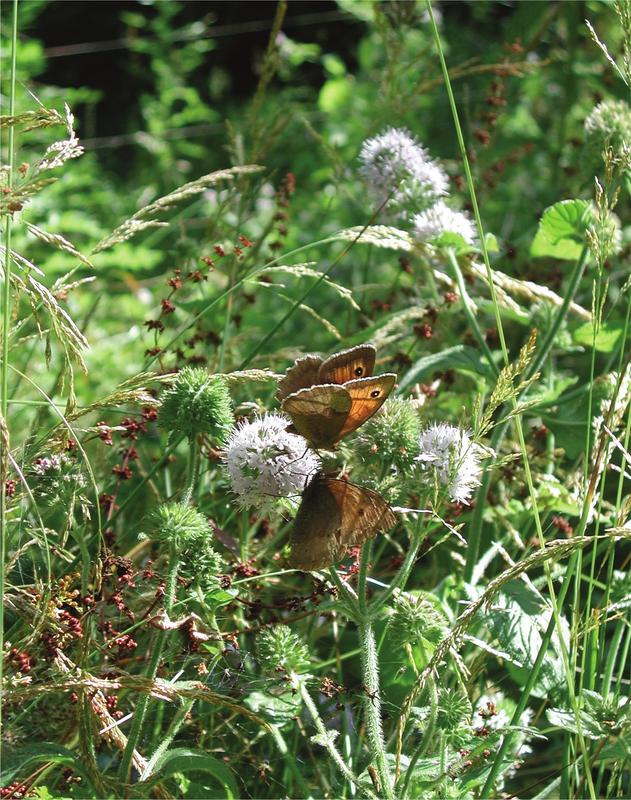
The essence of summer: flowering mint, meadow grasses, sultry sunshine and feeding hedge browns. Norfolk, July
Peppermint’s higher levels of aromatic oils come with necessary cautions, especially if you use peppermint essential oil. For example, while a mint tea of any species is soothing to the stomach, taking peppermint essential oil internally can lead to stomach spasms; it has been implicated in miscarriages. A drop or two of the essential oil, diluted with a carrier oil and applied to the brow, can relieve a migraine but larger quantities can cause bad headaches.

Using any of the wild mints is considered safe, although pennyroyal should not be taken in pregnancy. Peppermint is the strongest and most cooling mint and is the ‘official’ mint. Mints with more of a spearmint taste are gentler and warmer, and are better for children’s fevers, lack of appetite and weak digestive systems.
Medicinally, mint is classified as both cooling and heating, depending on use, species and form taken. This dual energetic pattern, tellingly, is recognised in traditional Chinese, Ayurvedic and western herbal traditions. You can feel the effect when taking mint tea: it warms, then cools the palate and digestion, even the skin; it is stimulating and then soothing.
The heating effect is seen in the way mint is used as a heart tonic, which relieves palpitations, sending blood to the skin’s surface, in the form of sweating. Hot mint tea is an excellent recourse for disturbed digestion, relieving spasm and relaxing the stomach walls, while also anaesthetising them. It is a proven and peerless remedy for such socially embarrassing conditions as bad breath, flatulence and hiccoughs; it works for indigestion, bloating, griping, colic, nausea and vomiting (including morning and travel sickness).
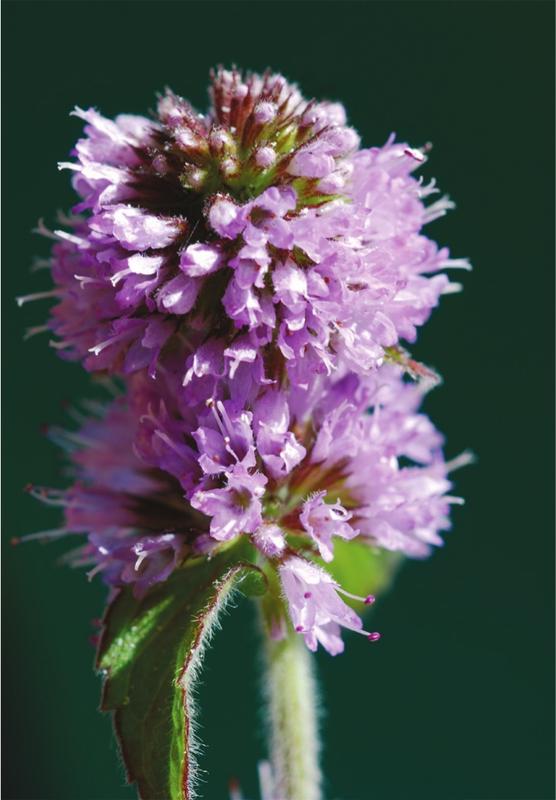
Mint is also antiseptic and mildy antiviral and antifungal. It combats mouth ulcers caused by Herpes simplex virus. It is good for coughs, colds and fever, alone or with elderberry. It also has a traditional use in treating gallstones and for hives, sinusitis and emphysema, earache and toothache, all in addition to its culinary versatility. And, who knows, as Parkinson writes (see left), mint may still be used to reduce ‘venerous dreames and pollutions in the night’, if that is what you want.
Mint tea
Fresh mint is better than dried to use for tea. Put a couple of sprigs in a teapot and pour in a cupful of boiling water. Cover and let infuse for a few minutes before straining and drinking.
But when you do not have fresh mint available, dried is still good. Dry the leaves on a screen outdoors or in an airing cupboard, until they crumble in the fingers. Use a teaspoonful per cup. Dried mint is a very useful addition to other medicinal herb teas, to make them taste better.
Mint and raspberry water
Water can be deliciously and subtly flavoured by adding a few sprigs of mint and some raspberries, and left to stand in a cool place for a couple of hours. Either still or sparkling water can be used. This is a lovely cooling and refreshing summer drink.
If you want a stronger flavour, add a little cool mint tea to the jug.
Sekanjabin: A Persian oxymel of mint and vinegar
Boil 1 cup of water with 4 tsp of white sugar, till the sugar dissolves. Add 1/2 cup of vinegar (we like to use raspberry vinegar). Simmer 20 minutes, stirring occasionally.
Remove from heat and add some sprigs of fresh mint, which adds its flavour to the oxymel as it cools. Serve diluted in ice-cold water, as you would a cordial. Alternatively, freeze in the form of ice cubes and store for future use.
Mint in white wine
Put a few sprigs of mint and a bottle of white wine in a jug, cover with a cloth and leave overnight. Remove the mint. This is a refreshing summer drink that can be served chilled, to keep you cool and improve your digestion.
For a more medicinal apéritif, add a few heads of meadowsweet blossom and a couple of sprigs of mugwort to your wine as well as the mint. This can be done at the same time or added later.
Mint foot bath
Make a big pot of mint tea, strain it and pour it into a foot bath or a basin large enough for your feet. When it is the right temperature, put your feet in the liquid and soak for ten to twenty minutes. Use it hot for tired, achy feet or cold if your feet are really hot and sweaty.
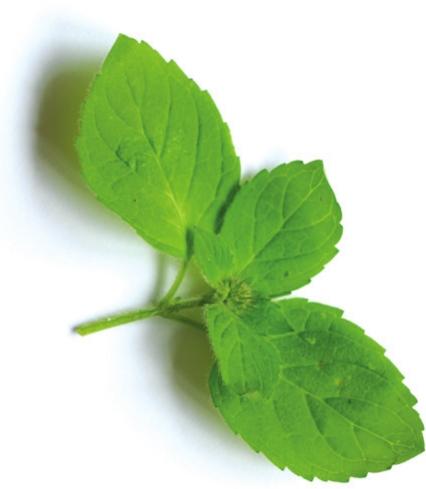
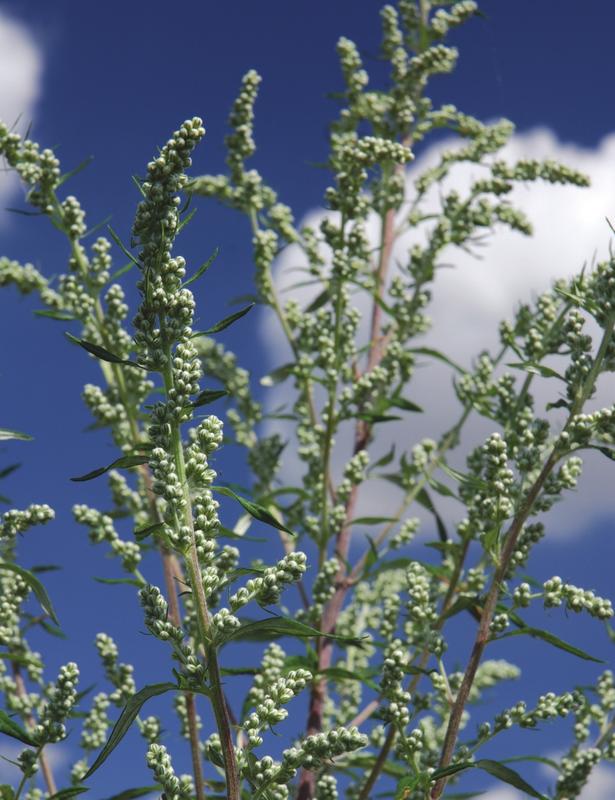
Mugwort.